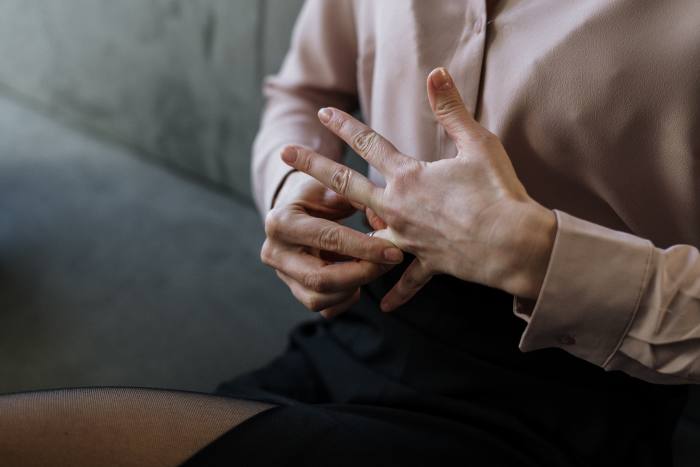
Pensions are split between couples in less than one in eight (13 per cent) divorces, according to research from St. James’s Place.
According to a Freedom of Information request by SJP, between 2016 and September 2021, only 80,290 of the 602,491 divorces that were settled in court included a pension disposal by way of a sharing or attachment order.
A pension sharing order is a legally binding agreement to divide your pension assets at the time of divorce.
The order will state how much should be divided alongside other assets such as investments and property, and the receiving party may be able to become a member of the pension scheme or transfer the value to a new pension provider.
The actual decision with regards to the split can be negotiated between the parties or, if an agreement can’t be made, the court may intervene.
Claire Trott, divisional director of retirement and holistic planning at SJP, said: “The importance of pensions when considering divorce should not be underestimated.
“There are many different options available to both parties with regards to financial settlements and the easiest option at the time may not be the right choice in the long run.
“Pensions are complex at the best of times and even more so when you start to consider splitting them. Financial and actuarial advice is generally the best course of action.”
A pension attachment order is another way to split a pension on divorce but it does not result in a clean break, according to the firm.
The pension remains the property of the ex-spouse and the attachment order directs them to pay the funds when they start to draw them from the scheme.
SJP said this can cause a number of issues “especially if the divorce is acrimonious”.
Where a divorce includes a financial remedy disposal, the number of divorces that include a pension disposal is 40 per cent on average since 2016.
However, the number of financial disposals that include pensions appears to be decreasing.
In 2016, 29 per cent of divorces with a financial disposal included a pension sharing disposal, but this fell to 24 per cent in 2021.
Similarly, financial disposals that include a pension attachment fell from 12 per cent to 5 per cent over the same period.
SJP said pension attachment orders are significantly more problematic in the long run for both parties because there isn’t a clean break and the receiving spouse will be subject to the taxation and choices made by their ex-spouse, possibly for the rest of their life.
Trott said: “Pensions in particular can’t just be considered a monetary asset and, taking into account things such as health and life expectancy, a 50/50 split isn’t going to give a fair outcome.
“This can be even more apparent if you choose to offset one asset against another. For example, exchanging the pension for the house. You need to be clear of the true long-term value of each.”





